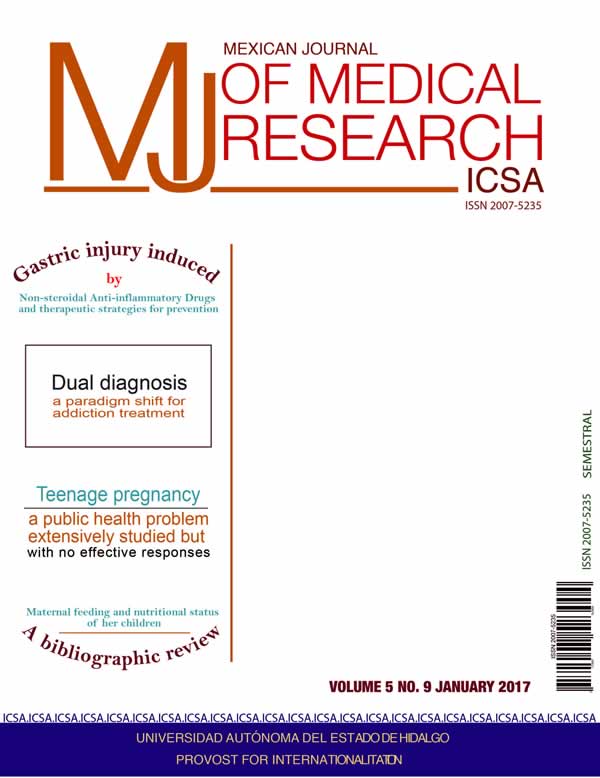Dual diagnosis: a paradigm shift for addiction treatment
DOI:
https://doi.org/10.29057/mjmr.v5i9.2787Abstract
Dual diagnosis is defined as the comorbidity of a substance use problem and a psychiatric disorder of a person. Drug addiction is a growing public health problem. The United Nations Office on Drugs and Crime (UNODC) reported a progressive increase in the prevalence of a substance use problem from 3.5% to 5.7% from 2008 to 2010; a new increase from 5.7% to 7% between 2010 and 2012, which represents 324 million consumers worldwide. About 60% to 80% of this population presents this dual diagnosis. Prevalence of a personality disorder and a substance use problem comprises 20% to 50%. Prevalence between a depressive disorder and a substance use problem goes from 12% to 88%. Prevalence between anxiety disorders and substance use problems is from 10% to 24% and between bipolar disorder and substance use from 51% to 60%. The importance of the paradigm shift in the addiction treatment includes mixed models of intervention where substance use disorders and comorbid psychiatric disorders are contemplated. They are necessary because they help preventing a relapse, the increase of costs for the family, that the attention gets divided in different physical spaces, the application of different therapeutic techniques and that the pharmacological treatment is not oriented to treat substance use disorder as it is oriented to treat psychiatric comorbidities. Therefore it is necessary to implement a comprehensive vision and a specific approach for each disorder of the patient.
Downloads
Publication Facts
Reviewer profiles N/A
Author statements
- Academic society
- N/A
- Publisher
- Universidad Autónoma del Estado de Hidalgo






















